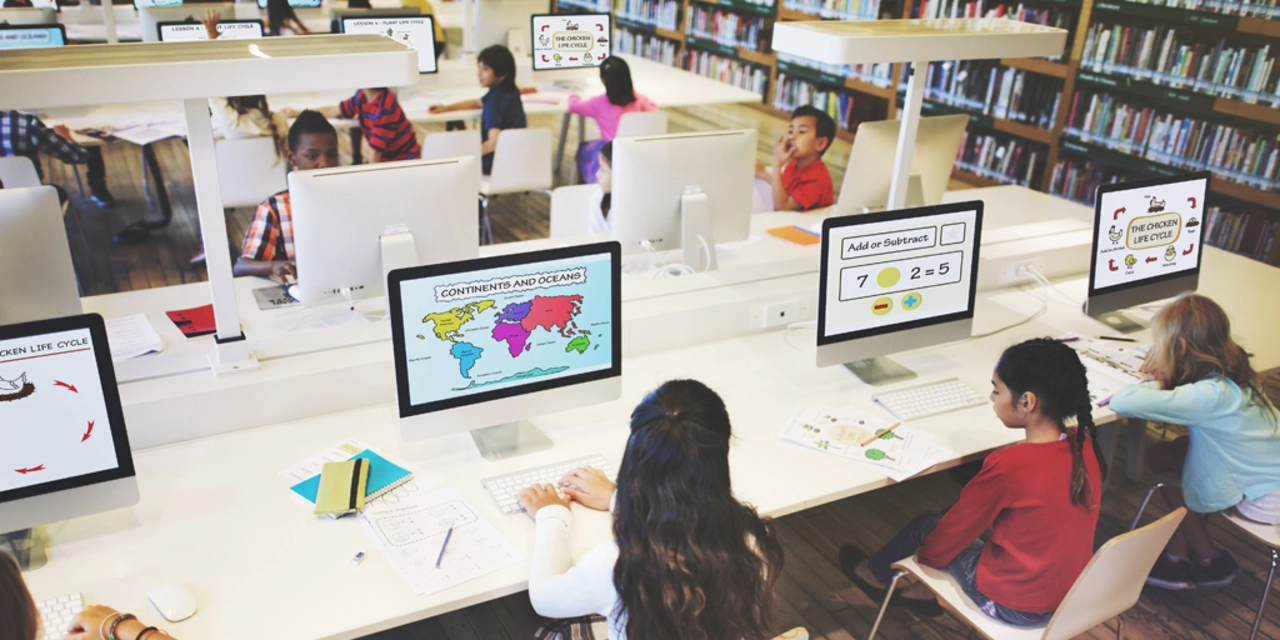Integrating Technology in the Learning Process
As technology becomes an increasingly integral part of our daily lives, it is only natural to consider its potential impact in the classroom. With the rapid development of new technologies, it is important to ask the question: Does technology in the classroom help or harm students? In this article, we will explore various aspects of this debate, discussing the pros and cons of incorporating technology into education.
The Benefits of Educational Technology
There is no doubt that technology has the potential to greatly enhance the learning experience for students. For example, the use of multimedia tools such as videos, interactive presentations, and online simulations can help to make abstract concepts more concrete and accessible. Additionally, technology can also facilitate communication and collaboration between students and teachers, fostering a more engaging and interactive learning environment.
Another significant benefit of using technology in the classroom is its ability to differentiate instruction and cater to diverse learning needs. By providing students with access to a variety of educational resources and tools, teachers can create a more personalized learning experience that caters to individual strengths and weaknesses. This can be especially helpful for students with special needs, who may require additional support or accommodations to succeed in the traditional classroom setting.
Potential Drawbacks of Classroom Technology
Despite its many advantages, there are also potential drawbacks to consider when implementing technology in the classroom. One of the primary concerns is the potential for distraction. With the constant barrage of notifications and the allure of social media, students may find it difficult to stay focused on their coursework. This can lead to decreased engagement and ultimately, lower academic performance.
Another potential disadvantage is the issue of digital equity. Not all students have equal access to technology, and this can create disparities in educational opportunities. Students from lower-income backgrounds may not have the same access to devices or internet connectivity as their more affluent peers, which can put them at a disadvantage when it comes to learning with technology.
Addressing the Challenges of Classroom Technology
While there are certainly challenges associated with integrating technology into the classroom, many of these issues can be addressed through thoughtful planning and implementation. For example, teachers can establish clear guidelines and expectations for technology use in the classroom, helping to minimize distractions and promote responsible behavior. Schools and districts can also work to ensure that all students have access to the necessary resources, such as providing devices or partnering with local organizations to offer affordable internet access.
Moreover, professional development opportunities for teachers can help to ensure that educators have the necessary skills and knowledge to effectively incorporate technology into their instruction. This includes training on how to use various tools and platforms, as well as strategies for differentiating instruction and fostering student engagement through the use of technology.
Striking the Right Balance
Ultimately, the key to successfully integrating technology in the classroom lies in striking the right balance. While technology can certainly enhance the learning experience, it should not be seen as a replacement for traditional teaching methods. Instead, educators should view technology as one of many tools at their disposal, using it strategically and judiciously to support and enhance their instruction.
By carefully considering the potential benefits and drawbacks of classroom technology, as well as taking steps to address potential challenges, educators can create a learning environment that leverages the best of both traditional and digital methods. In doing so, they can ensure that their students are well-equipped for success in the 21st century.
Conclusion: The Future of Classroom Technology
As technology continues to evolve, it is likely that we will see even more innovative and transformative ways to incorporate it into the classroom. From virtual reality experiences to artificial intelligence-driven personalized learning platforms, the possibilities are endless. As educators, it is our responsibility to stay informed about these developments and to critically evaluate their potential impact on our students and their learning.
By embracing the potential of technology while remaining mindful of its potential pitfalls, we can create a dynamic and engaging learning environment that prepares our students for the challenges and opportunities of the digital age.
